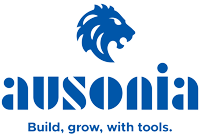filtri
No filter selected









Discover the AgriEuro 2025 Catalogue for ( Electric binding machines for vineyards with 50 W power )
Constantly expanded and updated.
Last updated 20/12/2025